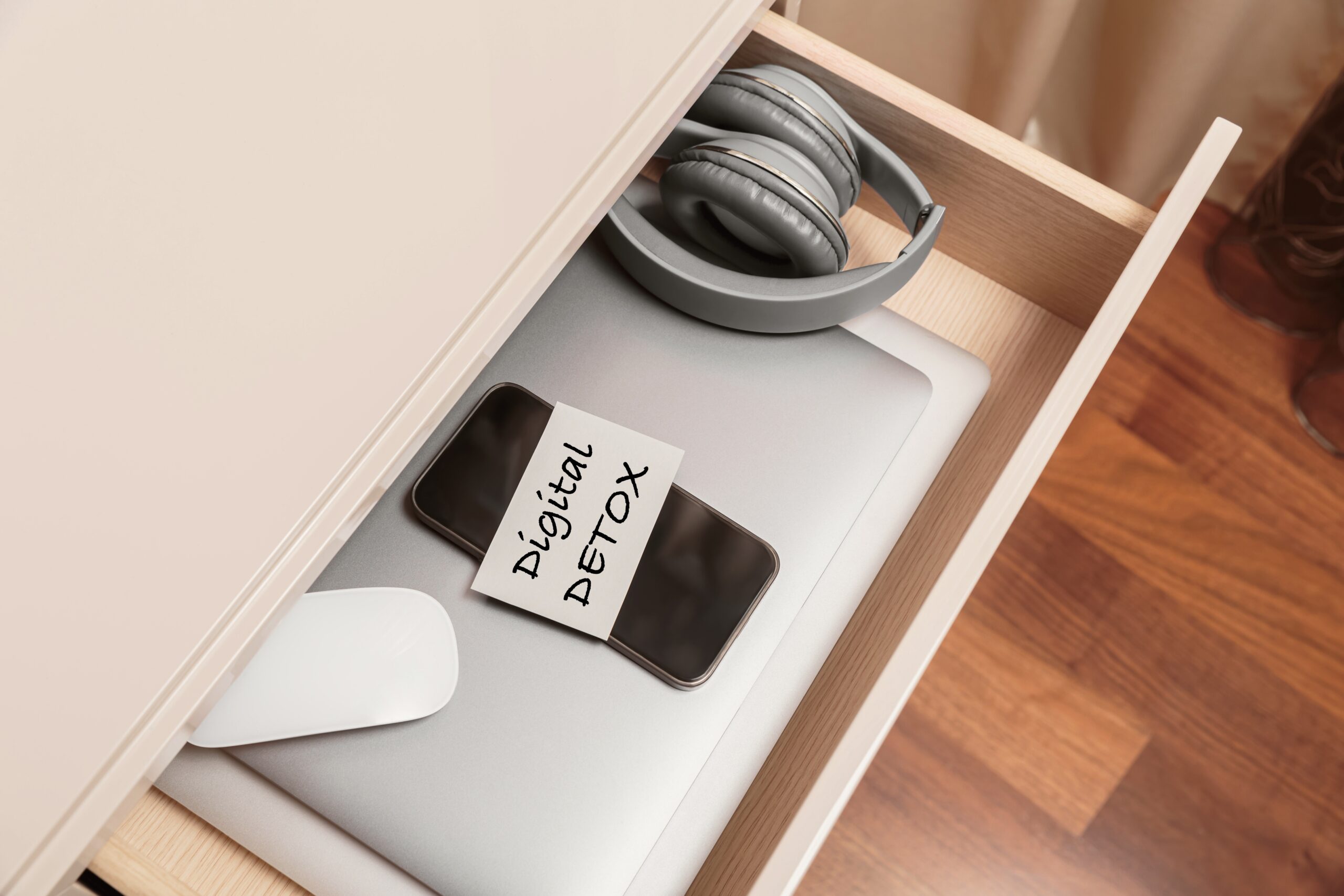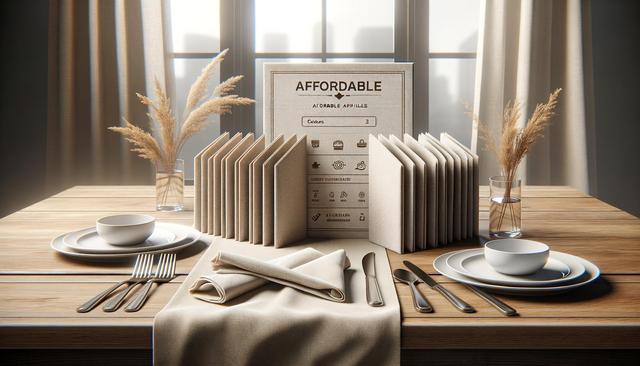What Affects the Price of Table Tents?
When trying to understand the cost of affordable table tents, it’s essential to consider the variables that influence pricing. Table tents can serve many purposes—from marketing tools in restaurants to informative signage at events. The cost depends on several factors, including material, size, customization, and quantity. For instance, a simple tabletop tent made from cardstock may be more budget-friendly compared to a table tent wood option, which typically has a higher production cost due to materials and craftsmanship.
Another key factor is whether the tent for table use is designed for indoors or outdoors. An outdoor table tent must be weather-resistant, which often increases the cost due to more durable materials like plastic or treated wood. In contrast, indoor table tents can use less robust materials, making them more economical. Bulk orders also usually reduce the per-unit cost, making them a more viable option for businesses that need a large quantity.
When considering table tents, it’s helpful to ask:
- What material is best suited for my purpose?
- Will the tent be used indoors or outdoors?
- How many pieces do I need?
- Do I require personalized table tents with unique branding?
Material Choices and Their Impact on Pricing
The type of material used in creating tabletop tents significantly affects overall costs. Common materials include cardstock, plastic, acrylic, and wood. For example, cardstock is a cost-effective choice for temporary or disposable use. If you’re looking for something more durable and visually striking, a table tent wood structure might be ideal, though it comes with a higher price tag.
Plastic and acrylic serve as a middle ground—more durable than paper but generally more affordable than wood. These are often used for menus, promotional displays, or event signage. Outdoor table tents, in particular, benefit from these weather-resistant materials, ensuring longevity even under varying environmental conditions.
Each material offers unique advantages:
- Cardstock: Low cost, easy to print, ideal for short-term use
- Plastic: Waterproof, flexible, suitable for both indoor and outdoor settings
- Acrylic: Sleek appearance, durable, mid-range in price
- Wood: Sturdy, visually appealing, higher cost
Customization and Design Considerations
Personalization plays a vital role in pricing. Personalized table tents can include custom graphics, logos, unique shapes, or even QR codes. These added features increase production complexity, which can raise the cost. However, they also contribute to stronger branding and better customer engagement, especially in hospitality and retail environments.
Design elements such as color printing, lamination, or die-cut shapes can also add to the final cost. A simple black-and-white design on cardstock will be significantly cheaper than a full-color, laminated, custom-cut tabletop tent. If you’re ordering a tent for table advertising or promotional use, consider how much customization adds to your budget and weigh it against the potential marketing benefits.
To manage costs while still achieving a professional look, consider:
- Limiting color use to your brand palette
- Using standard sizes and shapes
- Ordering in bulk to reduce unit costs
Indoor vs. Outdoor Table Tent Requirements
Where the table tent will be used also plays a critical role in its cost. Indoor tents are generally less expensive because they don’t require weather-resistant features. They can be made from lighter materials and don’t need protective coatings. Outdoor table tents, on the other hand, must endure sunlight, rain, and wind, which means investing in materials like UV-coated plastic or sealed wood.
For businesses that operate both indoors and outdoors—like cafes with patio seating—it may be necessary to invest in multiple types of tents. Understanding the environment in which your tent will be used can help you make an informed decision and avoid overspending on features you may not need.
Outdoor table tent features that may increase cost:
- Waterproof or UV-resistant materials
- Weighted bases or stands for stability
- Extra lamination or sealing to prevent wear
Long-Term Value and Cost Efficiency
While upfront cost is important, it’s just as crucial to consider the long-term value of your table tents. A more expensive but durable table tent wood product may last significantly longer than a cheaper cardstock version, making it more cost-effective over time. Additionally, high-quality personalized table tents can enhance your brand’s visual appeal and potentially drive customer interaction.
Businesses should evaluate how frequently they plan to update their messaging. If promotions change often, a more affordable and disposable option may be suitable. However, if consistent branding is key, investing in high-quality materials might yield a better return. Table tents are not just signage—they’re a part of your customer’s visual experience.
Ways to ensure long-term value:
- Invest in materials that match your usage frequency
- Choose designs that can be reused across multiple campaigns
- Store table tents properly to extend their lifespan








